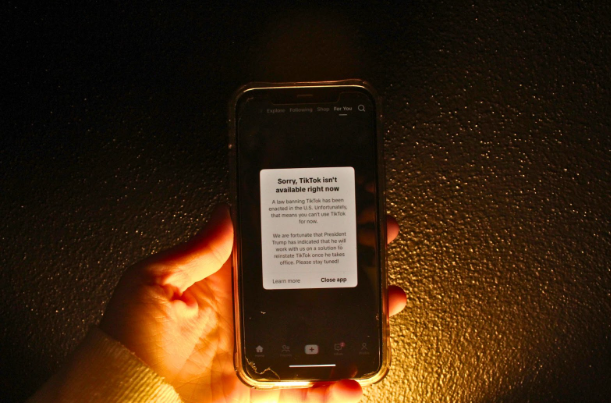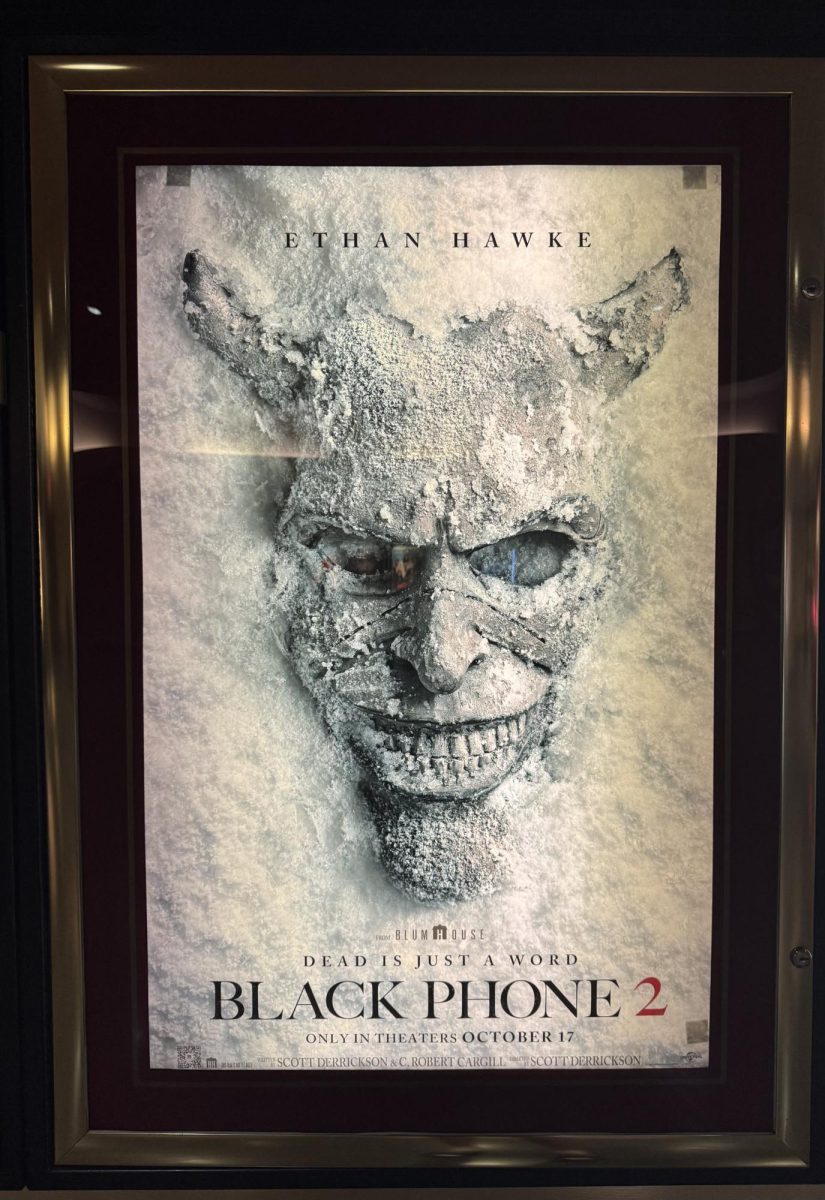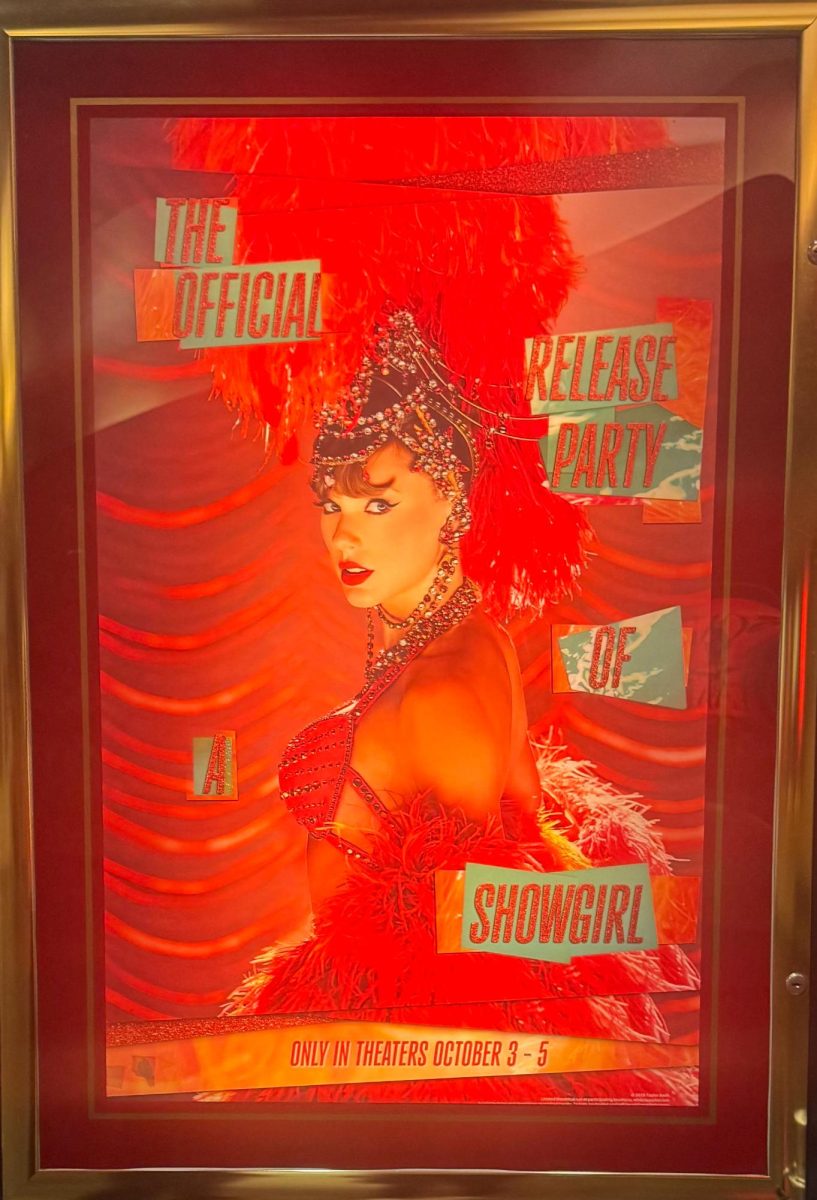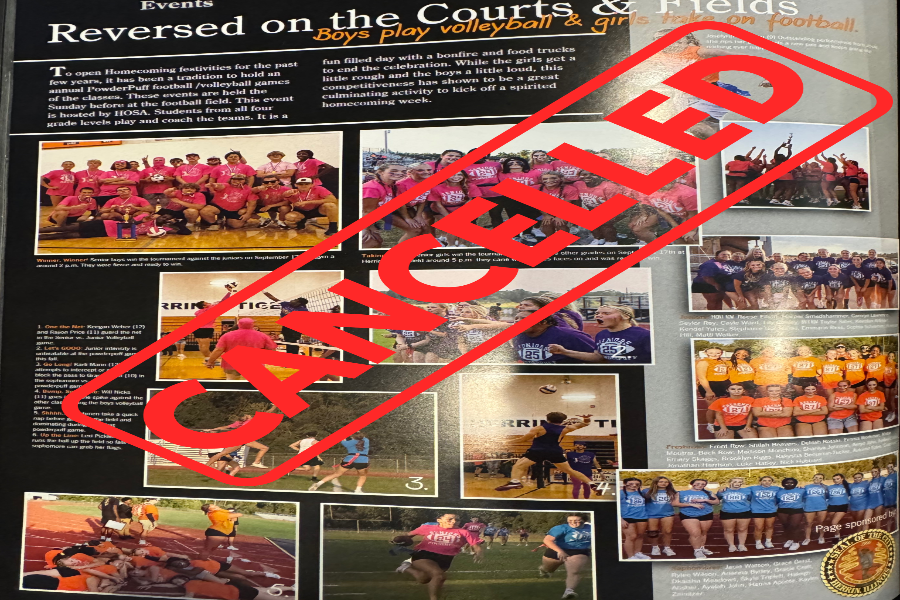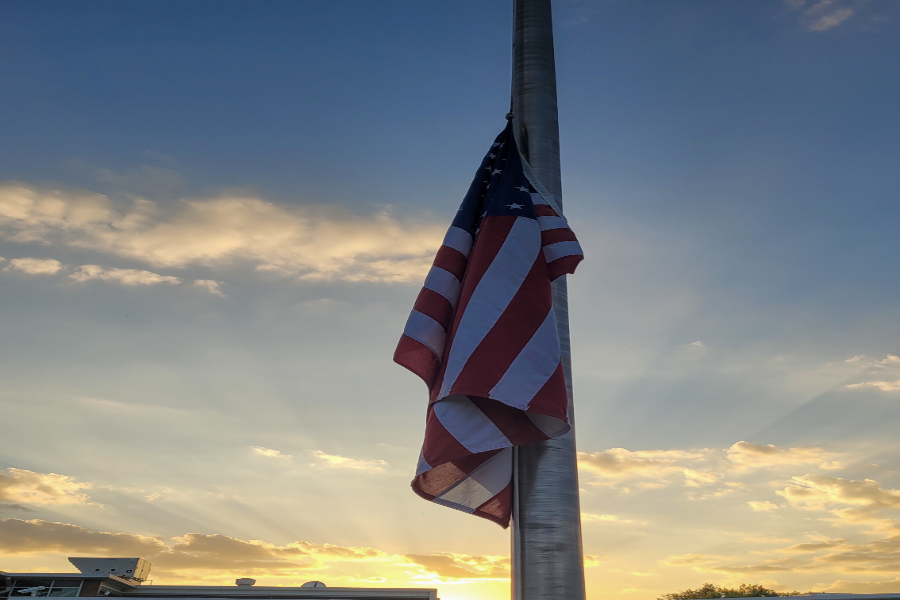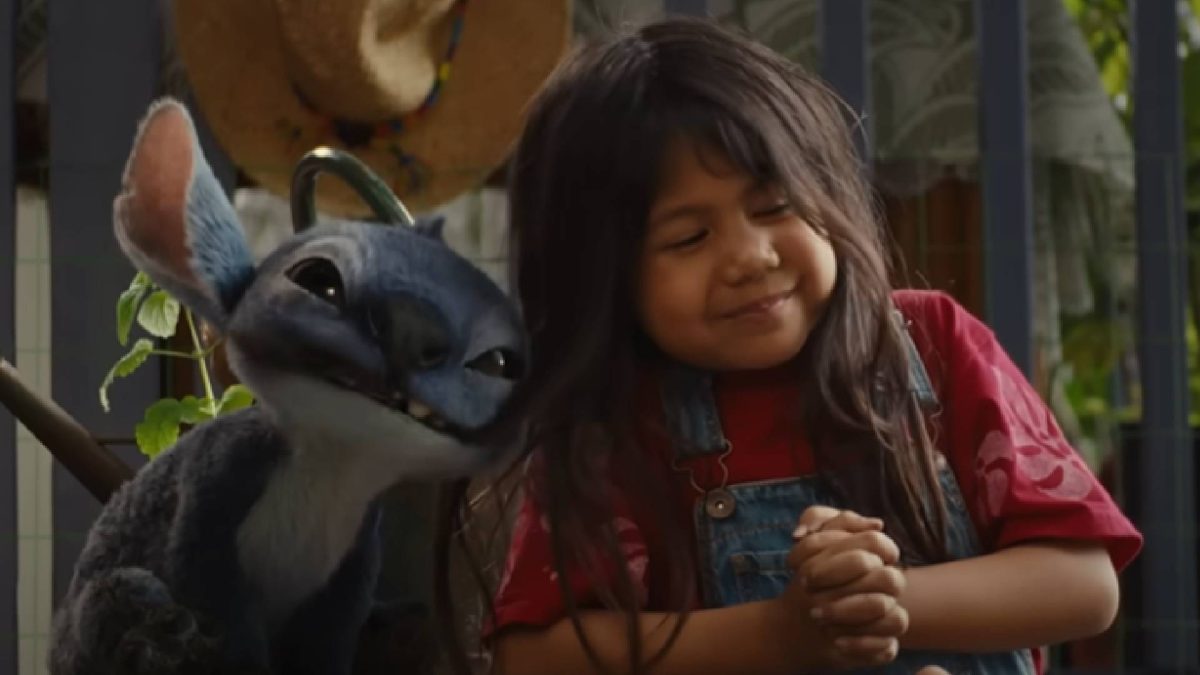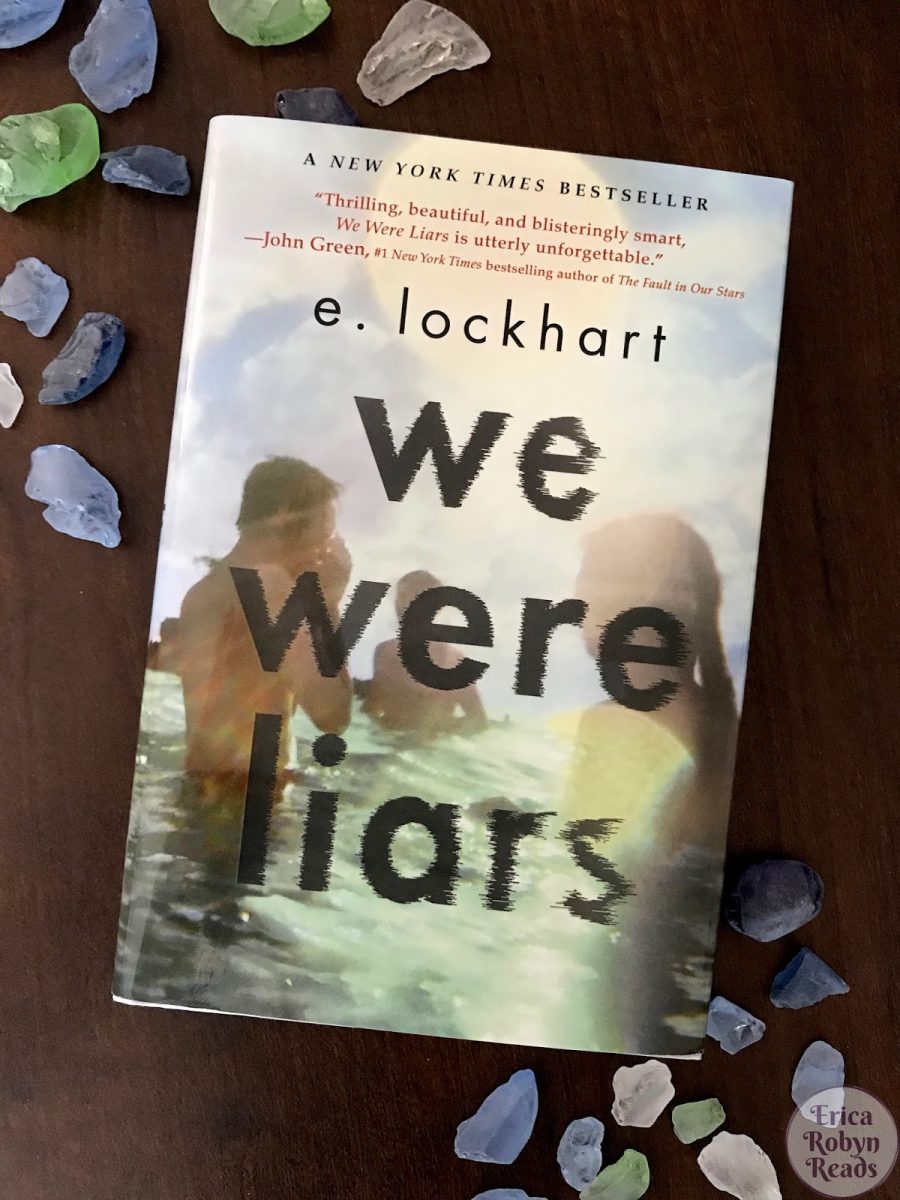Since Tiktok’s creation in 2017, it’s been beloved as entertaining and informative. But in Sep. 2019, people started to notice that the protests going on in China were being covered on other social media platforms but were nowhere to be seen on TikTok. The Washington Post reported this phenomenon and at the same time pointed out that posts with #trump2020 received millions of views.
ByteDance, the company that owns Tiktok, insisted that the app was for entertainment, not politics. There were other reports made that said moderators received instructions to limit the coverage of topics sensitive to China and to censor different minorities.
From there, suspicion grew among American politicians. Military personnel were then required to delete the app from their phones in Dec. 2019. People continued to be suspicious and TikTok continued to “improve their safety.” But it was only in July 2020 when Donald Trump (President at the time) first said he was considering banning the app.
In Aug. Trump issued an executive order that was a sweeping — yet vague — order banning American companies from any transactions with ByteDance. ByteDance then sued the Trump administration for “alleged violation of due process in its executive orders” (as reported by the Associated Press).
When Joe Biden was elected president, he did not discuss the matter except to bring Trump’s plan to a halt in Feb. 2021. Overall, the Trump Administration’s first plan fell apart once Trump was no longer president.
However, TikTok continued to be questionable; for instance, the algorithm was found by a Wall Street Journal report to flood teens with content featuring extreme dieting and eating disorders. ByteDance then promised to deter the spread of such harmful material.
The very next year, the director of the FBI raised concerns about Tiktok, warning that the app could interfere with operations via manipulation of the algorithm. In March 2023, legislators heavily probed the CEO of TikTok, Shou Zi Chew, throughout a six-hour congressional hearing. During the hearing, Shou Zi Chew attempted to push back on the allegation
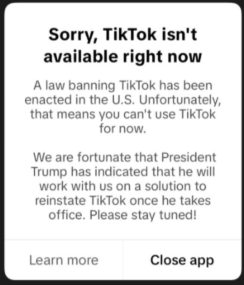
In March 2024, a bill to either ban TikTok or force it to be sold to an American buyer was proposed. ByteDane attempted to defend itself, but eventually, the House of Representatives passed the TikTok ban-or-sell bill with the Senate passing it later. This bill was then sent to and signed by Biden.
Everything was headed toward the ban of TikTok until Dec. 2024, when President-elect Donald Trump asked the Supreme Court to pause its workings on the ban until he and his administration could find a political resolution. By this point, both he and Kamala Harris had been posting campaign-related materials on TikTok.
Just recently all of this came to a head in Jan. 2025, when the federal law banning TikTok was unanimously upheld by the Supreme Court. It is set to go into effect on Jan. 19. Finally, on Jan. 18, just hours before the ban was set to go live, users began receiving messages:

In the brief time Tiktok was banned, many people moved to Xiaohongshu, more familiarly known as Rednote, another short-form content Chinese social media app. Some moved in protest, others just to have another platform.
On Jan. 20, Donald Trump became president. The very same day he directed his Justice Department to pause enforcement of this ban until early April, a total of 75 days pause. This was meant to give time for TikTok to agree to sell to an American buyer or face the national ban. The app returned Jan. 20 as well and offered another message:
Since then, a handful of buyers’ names have been passed around, but nothing is concrete as of now. Since all of this information came out, people started to pay attention and have lots of opinions. Herrin High School in particular has a lot of opinions on the matter.
In a recent survey, over 70% of students were deeply aware of the ban going on, which makes a lot of sense, considering over 55% of those same students use TikTok daily for hours at a time. About 20% were reported to support the ban while 75% did not. The remaining five percent were on the fence or didn’t have a strong opinion.
Many students, such as Izabella Brand (10), who didn’t support the ban, argued that it violated the First Amendment right to freedom of speech. “The government should not be able to censor our content. We have the freedom of speech, and the right of expression,” Brand said. Others argued they wouldn’t agree with the ban, but not for that reason “It’s just an app for entertainment,” Lilyana Nix (9) said.
Students of the opposite opinion, those who do support the ban, typically think of it as an app that “rots the brains of teens and younger kids,” (anonymous student). However, there are some who believe the ban would be protecting the nation from “China [pushing] certain political ideologies” as well as “access to the data of countless Americans… and malware” on the app as Nolan Hagler (12) said.
Tiktok’s questionable activities from its creation in 2017 to now in 2025 have caused all levels of alarm, from petty drama to national security threats. The views of the app are now polarized between a manipulative algorithm, an unhealthy app for kids, an entertaining essential, or just an app.



